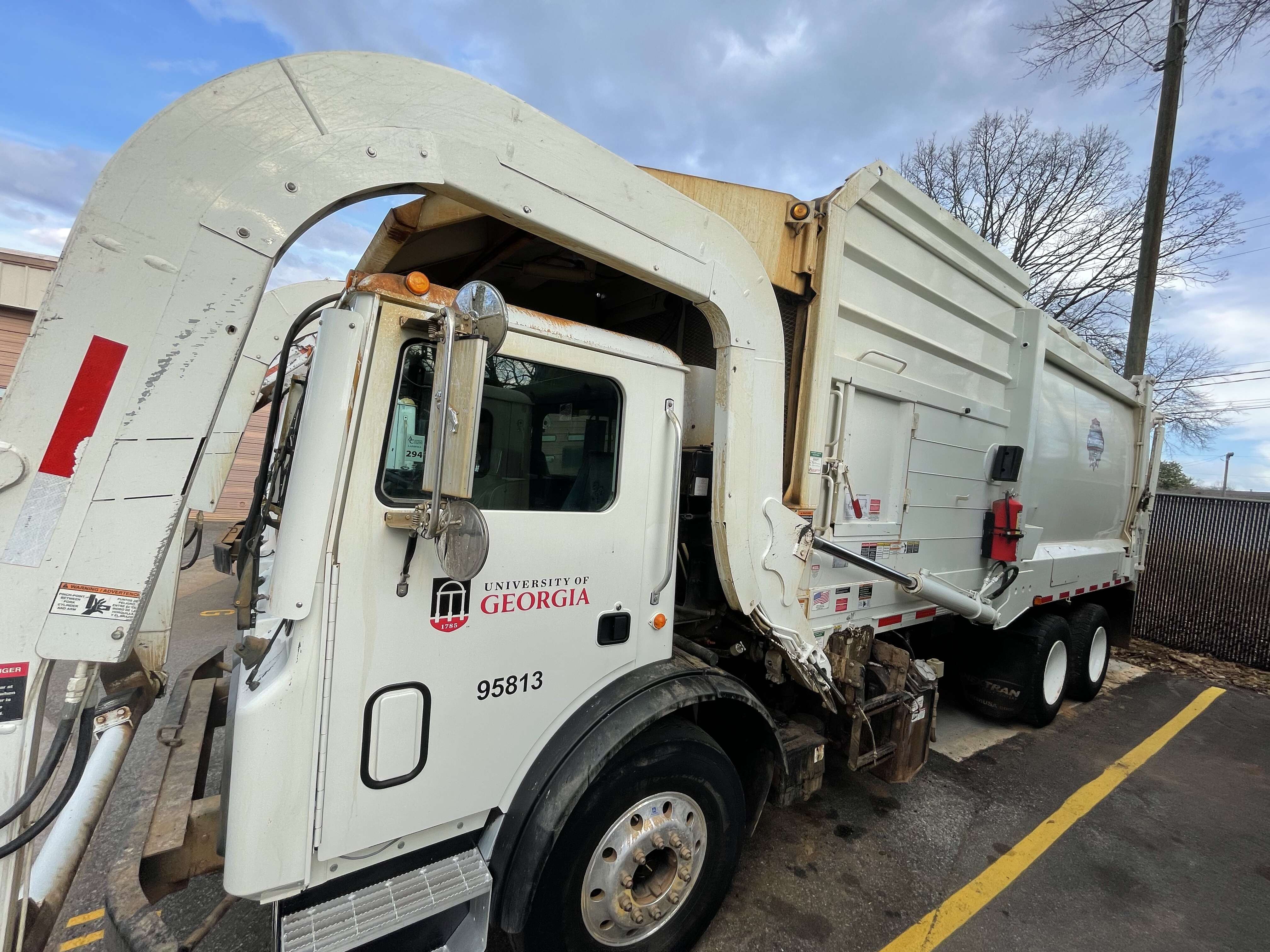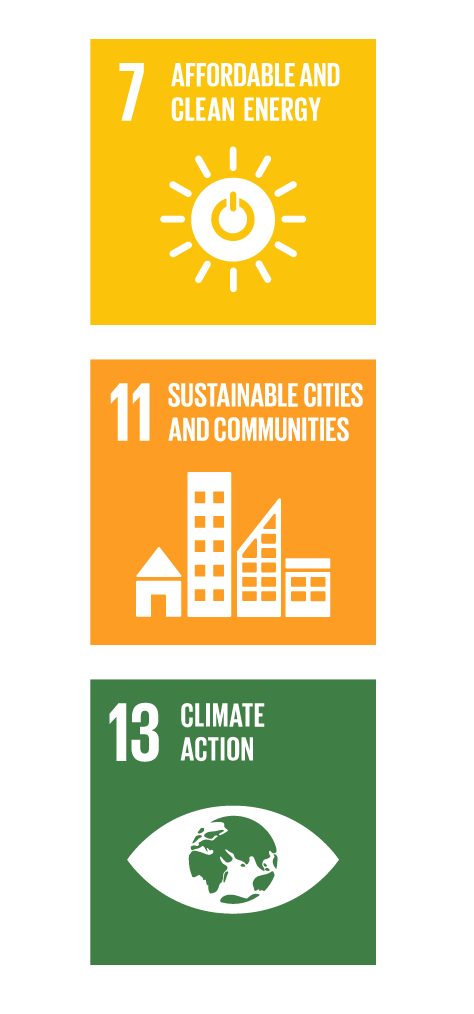WRS Carbon Footprint Analysis - Living Lab Model Project
Overview
The goal of the Waste Reduction Services (WRS) Carbon Footprint project in the Sustainability Certificate capstone course (SUST 4500) was to assist WRS in calculating the carbon footprint of their operation, including the fleet of diesel and gasoline vehicles as well as office utilities. Our team was able to calculate the carbon emissions for the fleet in tonnes of CO2 by fiscal year and by vehicle. We also calculated the carbon emissions for the WRS office based on electricity and gas usage. After determining the carbon footprint of the operation, we then conducted a cost-benefit analysis to inform our recommendations of ways to reduce the overall environmental impact of WRS.


Outcomes
From our analysis, we found that emissions have increased for the WRS fleet from ~63 tonnes of CO2 in FY 2010 to ~202 tonnes of CO2 in FY 2022. We also found that different vehicles contributed different amounts of emissions with some being much larger than others. The vehicles that produced the most emissions include the 2006 Mack Roll Off - Hook only (#94623), the 2013 Mack Roll Off - Cable and Hook (#95301), and the 2018 FEL Front Loader (#95813), which we suggest should be focused on upgrading first. Another trend we observed was that the office produces significantly less emissions compared to the fleet. We recommended that WRS should first and primarily focus on reducing emissions from the fleet.
Next Steps
Looking forward, our project can be further advanced by others through conducting an additional analysis of scope three emissions of UGA’s WRS operations, as well as working towards the actual implementation of more energy efficient vehicles for the WRS fleet. Gaining insight on WRS’s scope three emissions (purchased or supply chain emissions) would contribute to a more holistic understanding of their impact on the environment and shed light on what areas they can minimize their impact best. Additionally, we believe that the actual implementation of more efficient vehicles can be facilitated through first expanding the vehicle fleet emissions analysis. Analysis that could be helpful in determining what replacement vehicles to purchase and when to purchase them include conducting a carbon analysis in parallel with truck routes, defining the most efficient type of waste collections, and completing a more in-depth return on investment on electric vehicles. From these further analyses, a 10-year plan of replacing vehicles could be completed. Overall, an in-depth 10-year plan while applying for electric vehicle purchase and charging station installation funding opportunities would further UGA’s operational goals relating to reducing the WRS’s impact on the environment.